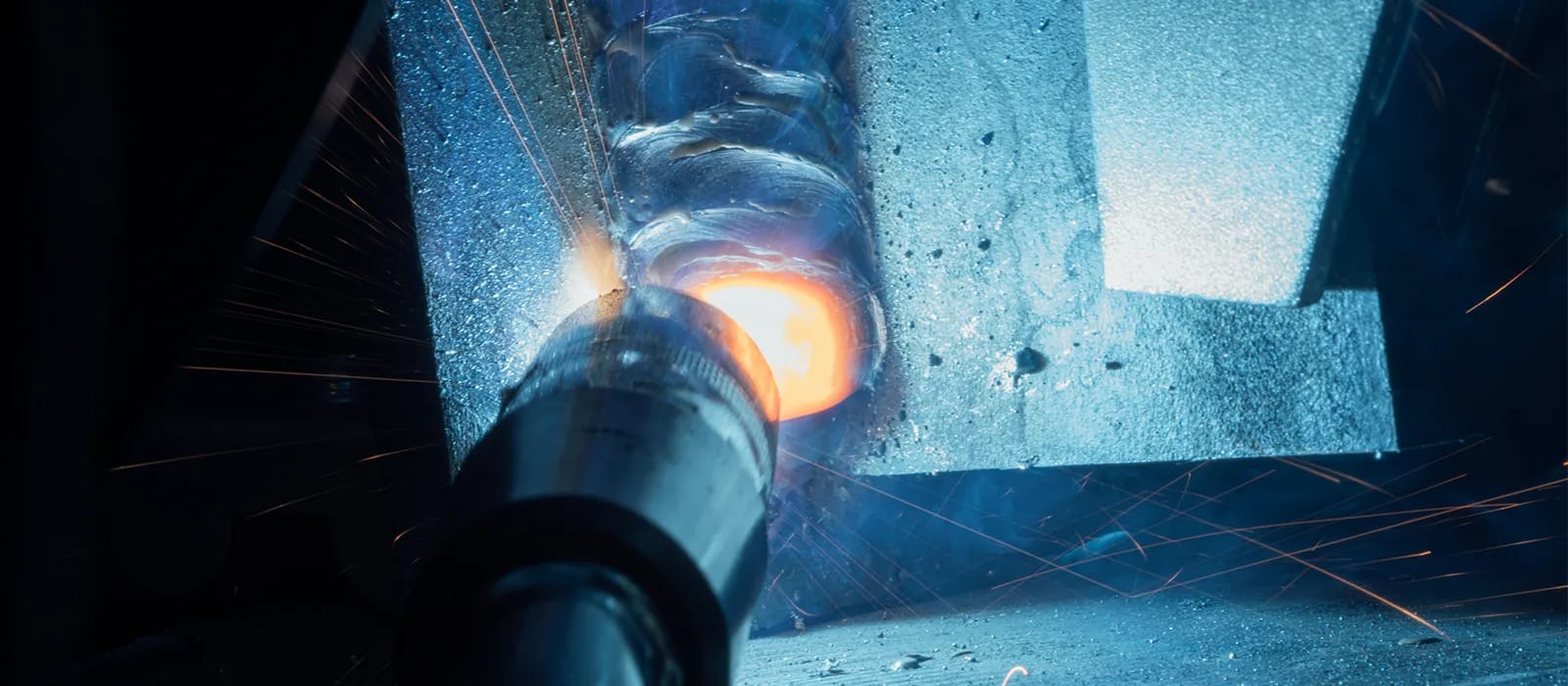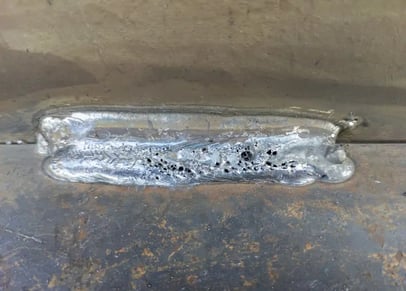Specialist Guidance on What is Porosity in Welding and Just How to Address It
Specialist Guidance on What is Porosity in Welding and Just How to Address It
Blog Article
Porosity in Welding: Identifying Common Issues and Implementing Best Practices for Prevention
Porosity in welding is a prevalent concern that often goes undetected up until it causes considerable issues with the honesty of welds. This common issue can compromise the stamina and durability of bonded frameworks, positioning safety and security threats and bring about pricey rework. By recognizing the source of porosity and implementing effective avoidance strategies, welders can dramatically improve the quality and dependability of their welds. In this discussion, we will certainly check out the crucial elements adding to porosity development, examine its damaging impacts on weld efficiency, and talk about the most effective techniques that can be embraced to reduce porosity event in welding processes.
Usual Sources Of Porosity

One more frequent wrongdoer behind porosity is the existence of impurities on the surface of the base steel, such as oil, oil, or rust. When these contaminants are not efficiently removed prior to welding, they can vaporize and end up being entraped in the weld, causing issues. Additionally, using unclean or damp filler materials can introduce pollutants into the weld, contributing to porosity concerns. To minimize these usual reasons for porosity, detailed cleaning of base metals, proper protecting gas selection, and adherence to ideal welding criteria are vital practices in accomplishing top quality, porosity-free welds.
Effect of Porosity on Weld Quality

The presence of porosity in welding can considerably compromise the structural integrity and mechanical residential properties of welded joints. Porosity develops spaces within the weld metal, deteriorating its total strength and load-bearing capability. These gaps work as stress concentration points, making the weld extra at risk to fracturing and failure under used lots. Additionally, porosity can decrease the weld's resistance to rust and various other environmental wikipedia reference factors, further decreasing its durability and efficiency.
Welds with high porosity degrees tend to show reduced impact strength and reduced ability to flaw plastically before fracturing. Porosity can impede the weld's capacity to efficiently send pressures, leading to premature weld failing and possible safety and security dangers in vital frameworks.
Ideal Practices for Porosity Prevention
To improve the structural stability and high quality of welded joints, what certain steps can be executed to lessen the occurrence of porosity during the welding procedure? Utilizing the appropriate welding strategy for the specific material being bonded, such as adjusting the welding angle and gun position, can further prevent porosity. Normal examination of welds and prompt remediation of any type of problems recognized during the welding procedure are important techniques to avoid porosity and generate high-grade welds.
Value of Appropriate Welding Strategies
Carrying out appropriate welding strategies is paramount in making sure the architectural integrity and high quality of bonded joints, building on the structure of reliable porosity avoidance actions. Welding methods straight influence the total stamina and longevity of the bonded structure. One key element of appropriate welding techniques is preserving the right heat input. Extreme warmth can bring about enhanced porosity due to the entrapment of gases in the weld pool. Conversely, Home Page not enough warmth may result in incomplete blend, developing potential powerlessness in the joint. Additionally, making use of the ideal welding criteria, such as voltage, current, and take a trip rate, is vital for achieving audio welds with very little porosity.
Furthermore, the selection of welding procedure, whether it be MIG, TIG, or stick welding, should straighten with the particular requirements of the job to ensure optimum results. Proper cleansing and prep work of the base steel, as well as picking the right filler material, are likewise important parts of proficient welding strategies. By sticking to these best techniques, welders can decrease the danger of porosity development and produce high-grade, structurally try this site audio welds.

Examining and Top Quality Control Measures
Examining procedures are crucial to identify and prevent porosity in welding, making certain the toughness and toughness of the last product. Non-destructive screening techniques such as ultrasonic testing, radiographic testing, and aesthetic inspection are typically used to recognize possible problems like porosity.
Post-weld evaluations, on the various other hand, analyze the final weld for any kind of problems, including porosity, and validate that it satisfies specified standards. Implementing a detailed top quality control plan that includes detailed testing treatments and evaluations is vital to reducing porosity concerns and making sure the general high quality of bonded joints.
Verdict
To conclude, porosity in welding can be an usual concern that affects the top quality of welds. By identifying the usual sources of porosity and carrying out best practices for prevention, such as proper welding methods and testing steps, welders can guarantee top quality and dependable welds. It is important to focus on avoidance techniques to reduce the incident of porosity and preserve the stability of welded frameworks.
Report this page